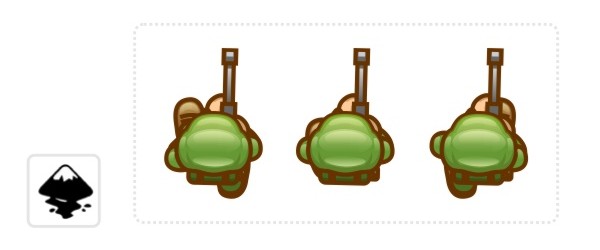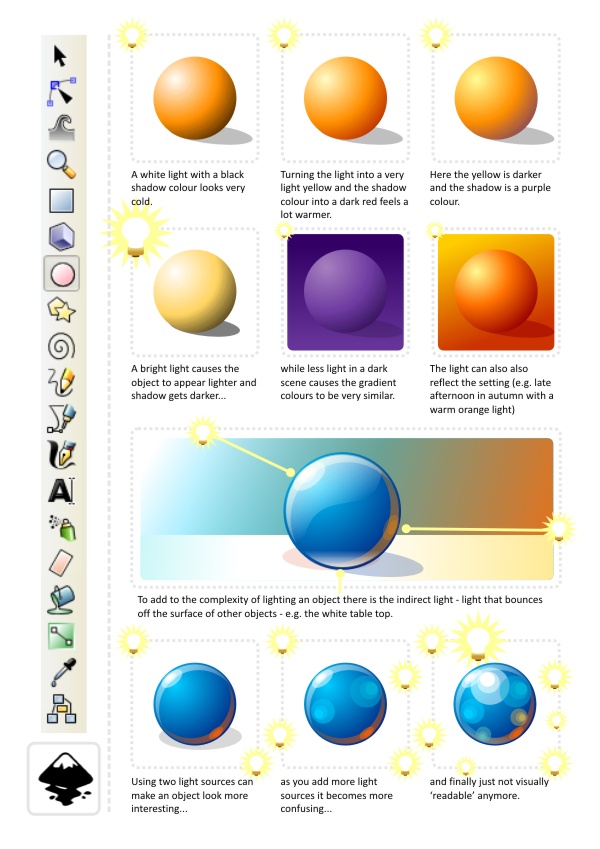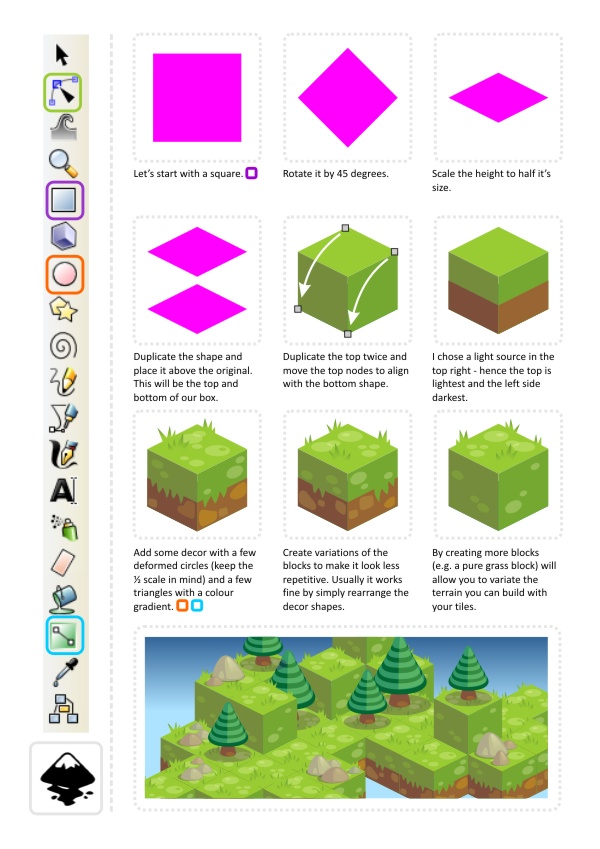Hi my name is Nik and today i am going to take a look at the most rage infusing game i have played:
So super meat boy is a precision, high speed platformer and its dificult as they come, but very rewarding when you get a level done. The "story" is preity simple you are meat boy, who is actually made from meat, you love a girl named Bandage. She has being kidnapped from Dr. Fetus - you must save her. So it's cheese, but what is more important its short.
 The meat of this game(you see what i did there) is its gameplay. The movement is precise and its very easy to get used to. The only real problem with it, is that its terrible with a keyboard, so even on pc, you have to have a game pad or a xbox controller. The keyboard controls are so bad, they warn you in the start of the game. As far as obstacles go everything can kill you - lava, fans, salt, spices, trowing disks, bottomless pits and much, much more. One of the innovating game mechanics is wall sticking and its exactly what it says it is - you stick to a wall and start sliding down the wall, you can jump from it, at several angles to get the best results.
The meat of this game(you see what i did there) is its gameplay. The movement is precise and its very easy to get used to. The only real problem with it, is that its terrible with a keyboard, so even on pc, you have to have a game pad or a xbox controller. The keyboard controls are so bad, they warn you in the start of the game. As far as obstacles go everything can kill you - lava, fans, salt, spices, trowing disks, bottomless pits and much, much more. One of the innovating game mechanics is wall sticking and its exactly what it says it is - you stick to a wall and start sliding down the wall, you can jump from it, at several angles to get the best results. The game has online leader boards and a replay save system, witch is very handy for showing of to friends or uploading videos to youtube. Graphically the game has smooth animation quality and good texture quality, but its not a triple A title level of graphical fidelity. The soundtrack is grate- its fast, its heart pumping, its the right atmosphere for the game. And one last thing, this game is long and when i say long i mean over 300 levels long, so you have a lot of content for your money.
The game has online leader boards and a replay save system, witch is very handy for showing of to friends or uploading videos to youtube. Graphically the game has smooth animation quality and good texture quality, but its not a triple A title level of graphical fidelity. The soundtrack is grate- its fast, its heart pumping, its the right atmosphere for the game. And one last thing, this game is long and when i say long i mean over 300 levels long, so you have a lot of content for your money. So to top it all up super meat boy is a very hard, but very satisfying platformer, with very little problems.
You can get the game on PC(Win and Linux), Mac OS and Xbox Live Arcade.
Gameplay video
I hope you liked my review of Super Meat Boy.
If you did please comment and share with your friends.
Have a nice day.
I hope you liked my review of Super Meat Boy.
If you did please comment and share with your friends.
Have a nice day.




























